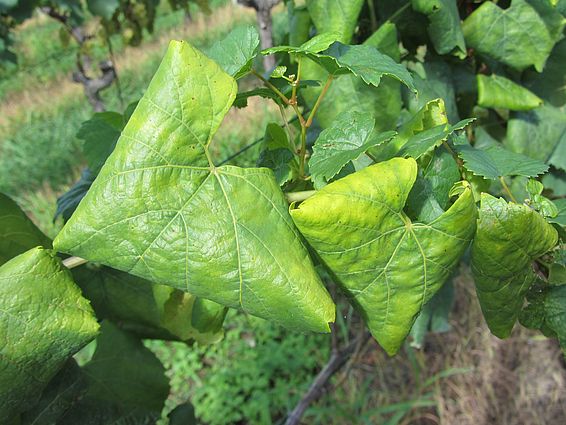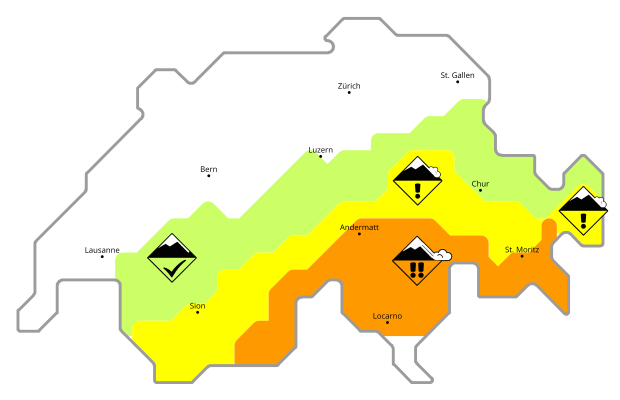Epidemiology of Flavescence dorée in vineyards of Southern Switzerland
2018 - 2024
Cooperation Financing
English summary - for full information see German, Italian or French version.
The WSL research group at the Campus Cadenazzo have started a study on the epidemiology of Flavescence dorée (FDp) in the vineyards of Canton Ticino, whose forests are a potential home to the pathogen. The project is carried out in cooperation with the Cantonal Plant Protection Service and Agroscope and is supported by the Federal Office for Agriculture. The research aims at gaining insights for the management of this quarantine disease in the coming years.
FDp is caused by the phytoplasma Candidatus Phytoplasma vitis. The disease originated in Europe. Only with the unintentional introduction from North America of the cicada Scaphoideus titanus, which is bound to the vine, did it take on an epidemic character.
Recent studies have revealed the presence of FDp phytoplasma in woody plants such as black alder (Alnus glutinosa), hazel (Corylus avellana), clematis (Clematis vitalba) and also the Tree of Heaven (Ailanthus altissima). This shows an unexpectedly complex epidemiological picture of the disease. In addition to Scaphoideus titanus, other cicadas, which live mainly on the edge of the forest, can also act as carriers of the phytoplasm between the host plants of the forest and the vine, thus promoting their spread in the vineyard.
Objectives
In 2018, an Euphresco initiative started allowing research teams to collaborate within a broad FDp consortium in order to develop a holistic approach for the FDp-system analysis, for its understanding and eventually for developing tools and best practices for a sustainable management of the grape resource in areas at FDp risk.
The present project is part of this Euphresco initiative with the overall aims to improve the monitoring and control strategies of this quarantine organism and pursuing specific objectives, namely:
- Understanding the ecology (i.e., habitat preferences) of the main FDp vector S. titanus, and alternative and putative FDp vectors.
- Monitoring in detail the presence and the distribution of alternative and putative FDp vectors in and around the vineyard.
- Developing a targeted protocol for a mapping of possible spontaneous FDp hosting plant species.
- Monitoring the impact of the suspension of the mandatory FDp control measures in Ticino.
General approach and experimental design
The study area is constituted by the vineyard landscape of Ticino (southern Switzerland). Six vineyards were selected: three cultivated with the tolerant cultivar Merlot and three with the susceptible cultivar Chardonnay.
The field sampling will be conducted using yellow sticky traps (YST) placed inside vineyards and their surroundings. YST are changed weekly.
All symptomatic grapevines are to be localized and symptomatic shoots (or leaves) are collected for genetic analyses. Moreover, potential alternative FDp plant hosts and other spontaneous plant species of interest are sampled for genetic analyses.
Anatomical modifications caused by the presence of FDp in the grapevine wood and phloem are additionally studied at microscopic level.
